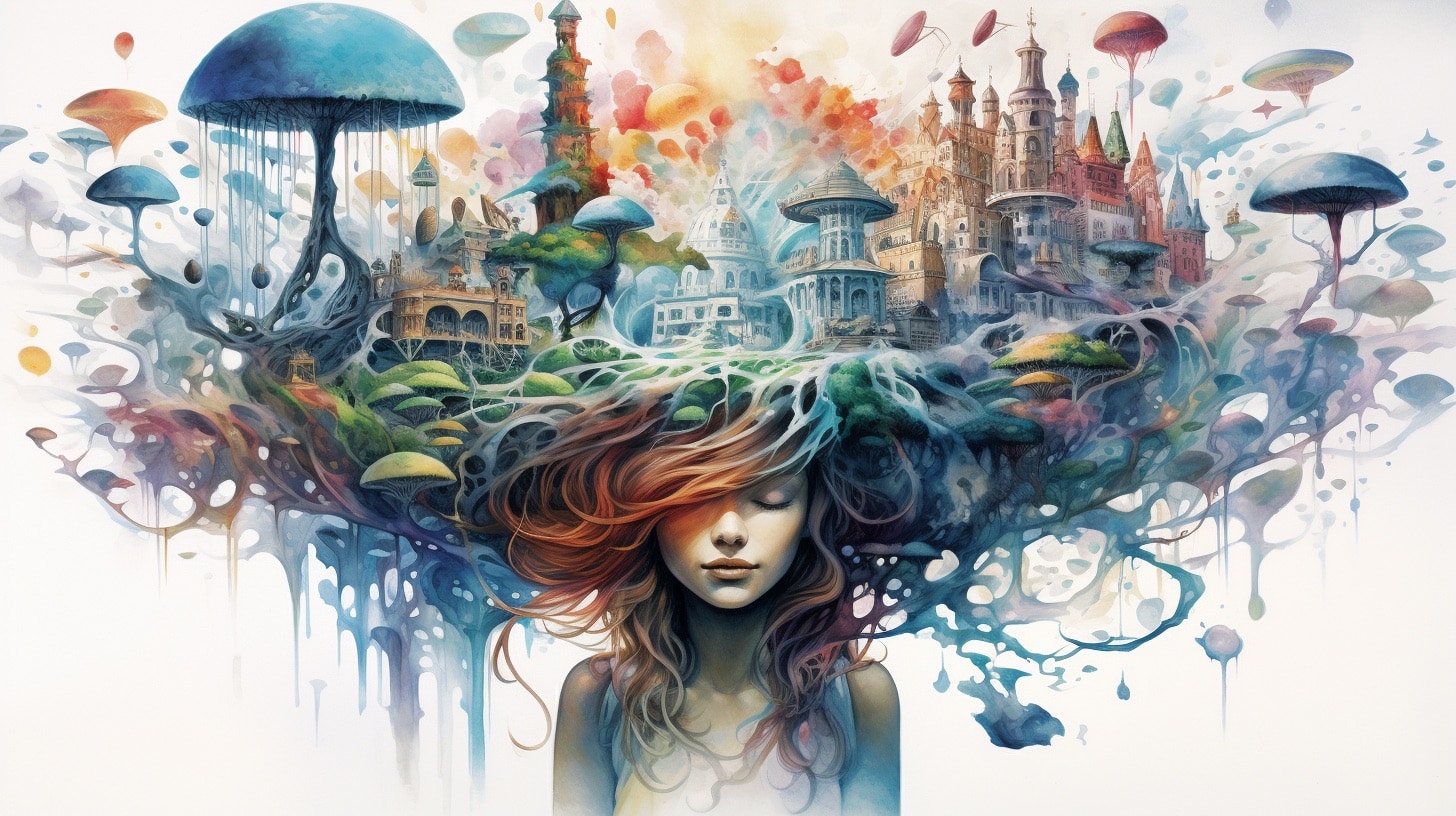The intersection of art and technology has always fascinated me.
The emergence of AI art is a testament to this fusion, and my journey to understanding and appreciating it has been a thrilling ride.
But there are questions surrounding AI art ethics. Let’s talk about it.
Discovering AI Art
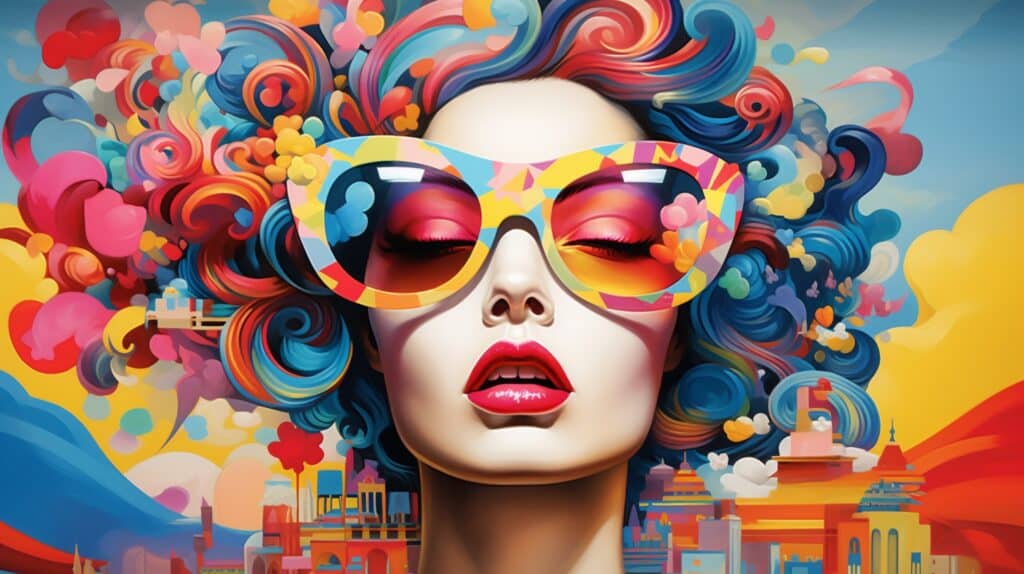
I first stumbled upon AI art while browsing through various digital planning tools. The vibrant images, complex patterns, and unique aesthetics immediately caught my eye.
These weren’t just digitally enhanced images, they were creations of artificial intelligence. The AI-generated art was unlike anything I’d seen before, and I was instantly intrigued.
The more I delved into it, the more I realized how expansive and diverse this field was. From AI paintings that could replicate the style of historical artists to generative art that created entirely new images, the possibilities seemed endless.
The AI artists behind these creations were using algorithms to push the boundaries of traditional art, and I was eager to learn more.
My Initial Impressions
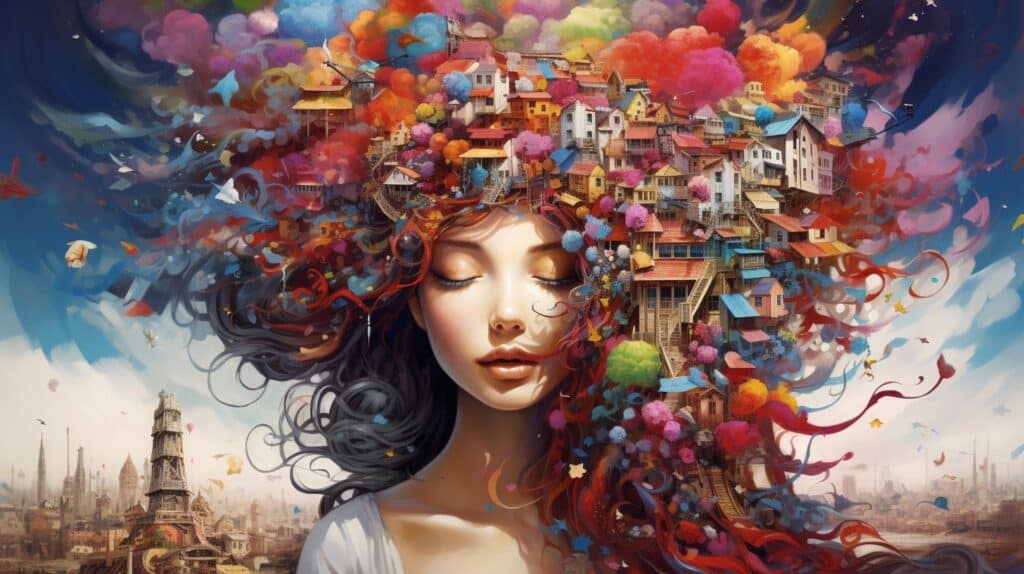
To be honest, my initial impressions of AI art were a mix of awe and skepticism. I was amazed by the creativity and innovation it represented, but I also had questions about originality and authenticity. Who was the real artist behind these creations – the AI or the human programmer?
Could an algorithm truly be creative, or was it simply mimicking human creativity?
Despite these questions, I couldn’t deny the impact AI art was having on the art world.
Artists were utilizing AI art tools and software to create stunning visuals, galleries were showcasing AI art, and there was even AI art for sale.
It was clear that AI art was more than just a passing trend – it was a new form of artistic expression that was here to stay.
As I continue my journey with AI art, I’m excited to explore its potential and navigate the ethical questions it poses.
It’s a fascinating field that challenges our perceptions of art, creativity, and the role of technology, and I’m looking forward to sharing my thoughts on ‘ai art ethics’ in the upcoming sections.
Understanding AI Art
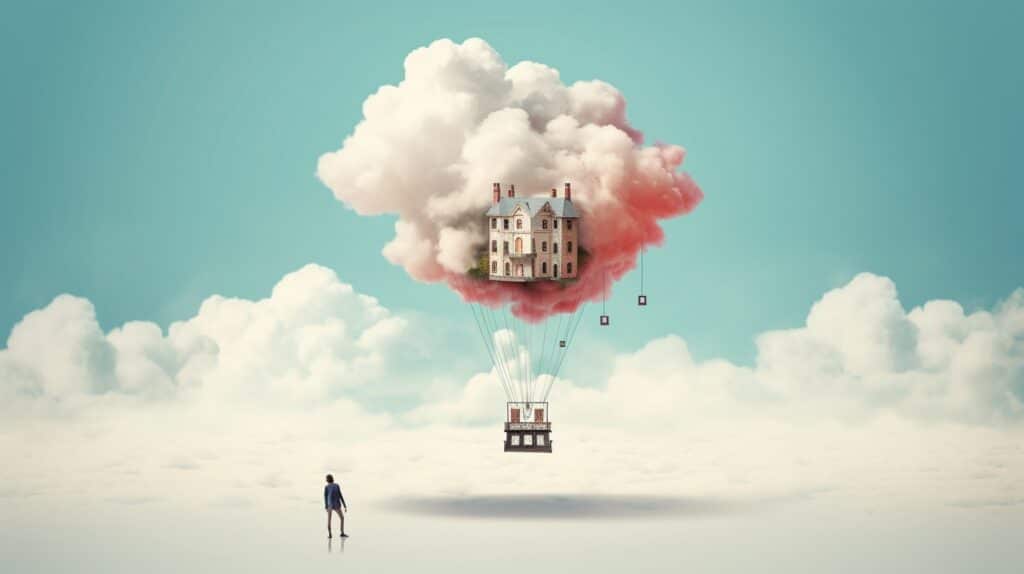
As my fascination with AI art deepened, I found myself eager to learn more about how it works, and what role AI plays in the creation process. These explorations helped me understand the nuances of this emerging art form, and the unique ways it intersects with technology.
How AI Art Works
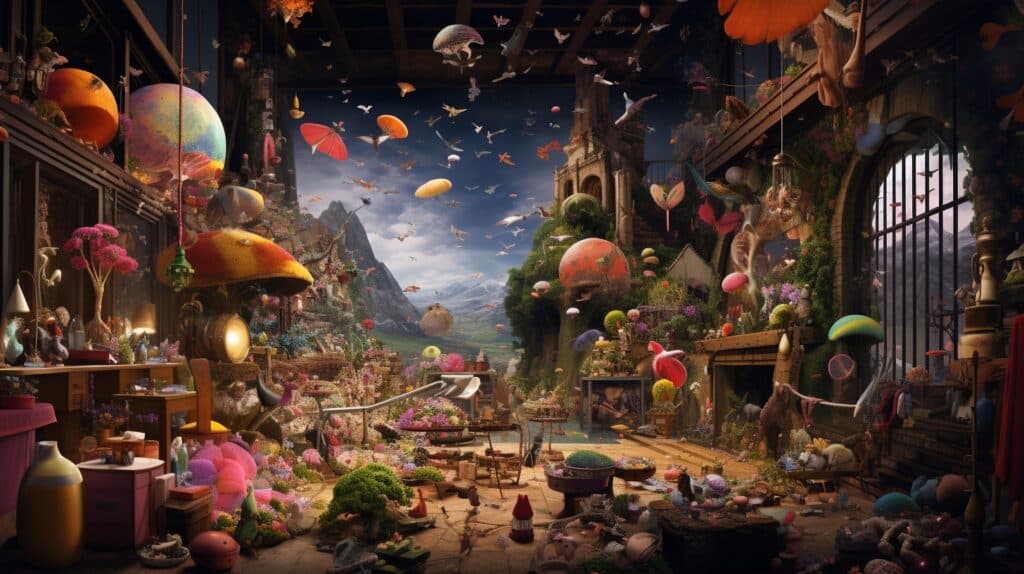
The process of creating AI art, also known as generative art, starts with algorithms.
These algorithms are trained on a vast array of images, learning patterns and styles from this dataset. Once trained, the AI can generate new pieces of art, using the patterns it has learned to guide its creation.
At its core, the process is a bit like a digital remix. The AI takes elements from its training dataset and combines them in new and unexpected ways. The result is original works of art that are the product of both the AI’s algorithms and the dataset it was trained on.
| Step | Description |
|---|---|
| Data Collection | Collection of a large dataset of images |
| Algorithm Training | The AI algorithm learns patterns and styles from the dataset |
| Art Generation | The AI uses the learned patterns to generate new pieces of art |
The Role of AI in Art Creation
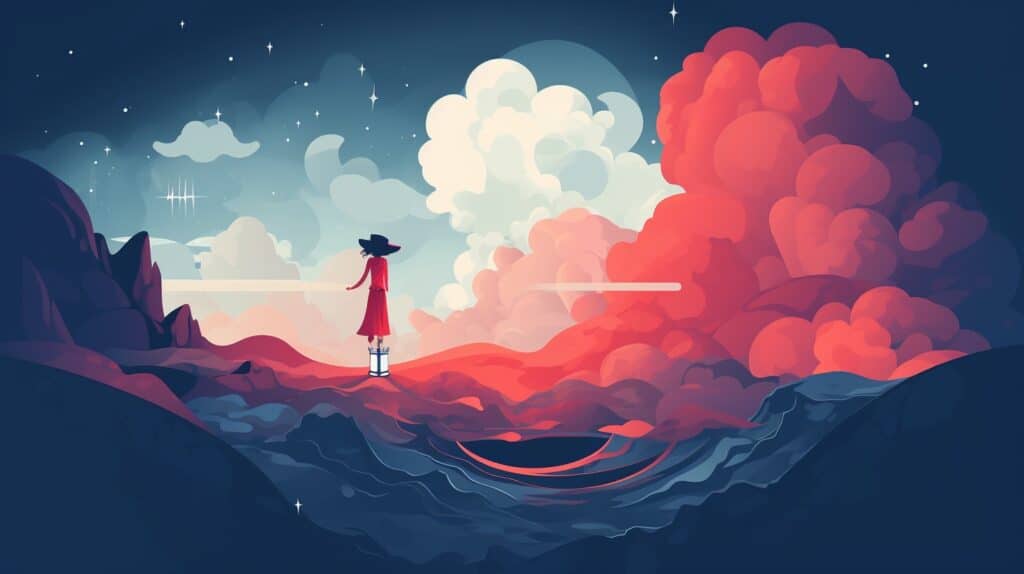
While it’s clear that AI plays a significant role in the creation of AI art, it’s equally important to understand that it doesn’t create in a vacuum.
AI art is a collaboration between the AI and the human who programs and trains it. As an AI artist, you’re not just pressing a button and letting the AI do all the work.
You’re making decisions about what data to feed it, how to train it, and how to interpret and present the results.
AI doesn’t replace human creativity; it augments it. It’s a tool that can be used to explore new avenues of expression and push the boundaries of what’s possible in art. For more on this, check out my thoughts on AI and creativity.
The role of AI in art creation is a hot topic in the world of AI art ethics. It brings up questions about ownership, creativity, and the relationship between humans and machines.
As we continue to explore and develop this new art form, it’s crucial to keep these questions in mind and consider how we can navigate these uncharted ethical waters.
As we dive deeper into the world of AI art, I invite you to join me on this journey of discovery. Whether you’re an artist looking to experiment with AI, a tech enthusiast curious about the intersection of AI and art, or simply someone who appreciates a good piece of art, there’s a place for you in this exciting new landscape.
Check out our AI art gallery to see some of the fascinating works AI is capable of creating.
The Ethical Questions
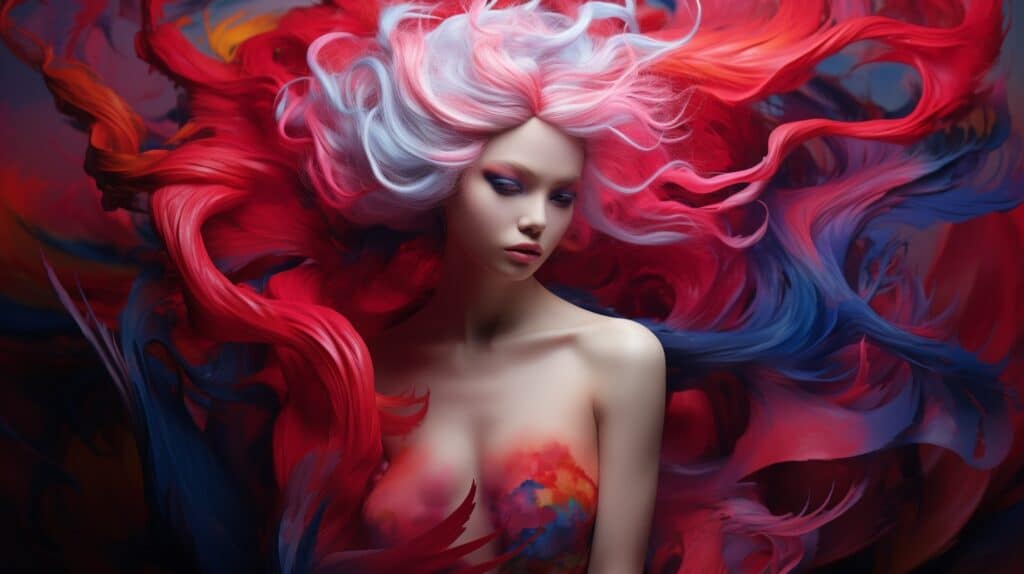
As I delved deeper into the realm of AI art, I began to grapple with a few ethical questions that this field inevitably raises.
These primarily revolve around issues of ownership and copyright, as well as the authenticity and originality of the art produced.
Ownership and Copyright
The first question that arises in my mind when thinking about AI generated art is, “Who owns the final output?” Is it the AI that created the art? The programmer who developed the AI? Or perhaps the data set used to train the AI?
This becomes even more complex when you consider that many AI art tools and AI art software are open source and utilized by multiple artists.
The question of copyright also looms large in the world of AI art. If an AI uses images from existing copyrighted works to create a new piece of art, who holds the copyright for the new piece?
This issue is still largely unresolved (it’s February 2024 as I write this), and it’s a topic that I think we as a society need to seriously consider as AI art continues to grow in popularity.
Authenticity and Originality
Another ethical question I often ponder is about the authenticity and originality of AI generated art.
Can a piece of art truly be considered original if it was created by an AI using patterns and styles it learned from existing works of art? And can we say that a piece of AI art has the same authenticity as a piece created by a human artist, who brings their personal experiences, emotions, and perspectives to their work?
These questions are not easy to answer, and they challenge our traditional understanding of art. But I believe they are important to consider as we navigate the evolving world of AI art.
As we continue to explore these ethical considerations, we must strive to strike a balance between embracing the potential of AI in art creation and respecting the rights and creativity of human artists.
I’ll be sharing more of my thoughts on balancing innovation and fairness in AI art ethics in the next section.
My Perspective on AI Art Ethics
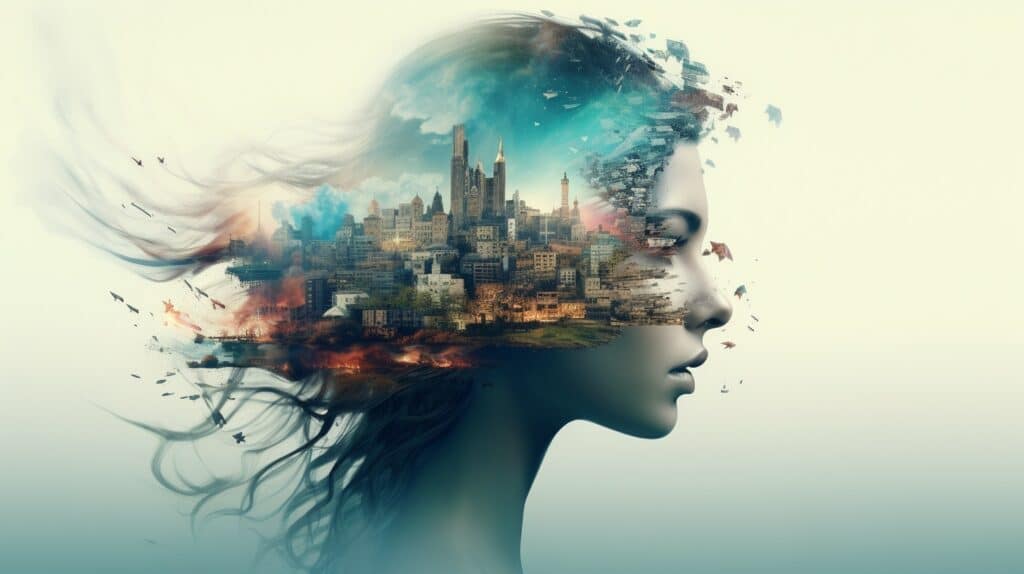
As I’ve delved deeper into the world of AI art, I’ve had to grapple with some complex ethical questions. The issues of fairness, originality, and the very nature of creativity have been at the forefront of my thoughts.
Here are some of my perspectives on these matters.
Balancing Innovation and Fairness
AI art represents a remarkable leap in technological innovation. The ability of machines to generate stunning pieces of AI generated art is truly awe-inspiring. However, this innovation brings with it challenges related to fairness.
For instance, if an AI, using an algorithm and data set created by a human, generates a piece of art, who owns the copyright to that artwork?
The human who created the algorithm and data set, or the AI which generated the art from those components? Navigating these questions of ownership and fair compensation is a delicate task.
I believe that while we should celebrate and encourage technological innovation, it’s equally important to ensure fairness.
Artists whose work is used to train these AI algorithms should be appropriately compensated, and copyright laws need to evolve to take into account the unique nature of AI art.
Respecting Creativity in the AI Age
Another key aspect of AI art ethics relates to creativity.
The advent of AI art has prompted questions about the very nature of creativity. Is creativity a uniquely human trait, or can machines also be creative? If an AI painting can mimic the style of a famous artist or create something entirely new, can the AI be considered an artist?
My perspective is that while AI can generate art, the creative spark that drives art creation still firmly resides in the human realm.
The algorithms that enable AI to create art are the result of human ingenuity, and the data sets they use are often derived from human-created art. The prompts that are written to render images are also coming from the mind of a singular human.
So, in my view, while AI can be a tool for art creation, it doesn’t replace the human artist.
In this AI age, it’s crucial to respect and preserve the creative process. While AI can and should be used as a tool to push the boundaries of art, we must remember the human element behind it all. That’s why I advocate for increased transparency in AI art creation, ensuring that the role of the human artist is never obscured.
Navigating the ethical landscape of AI art is not easy, but it’s a necessary part of this exciting new frontier. As we continue to explore and understand the nuances of AI art ethics, I believe we can find a balance that celebrates innovation while respecting the intrinsic value of human creativity.
Ethical Guidelines for AI Art

Navigating the ethical waters of AI art can be tricky, but it’s crucial for maintaining integrity in the art world. Here, I’ll share my thoughts on best practices for AI artists and tips on how to handle ethical challenges.
Best Practices for AI Artists
As an AI artist, there are several ground rules that I believe should be followed to ensure fair practice:
- Transparency: Always disclose the use of AI in your art creation process. Honesty about your methods can help to maintain trust and authenticity in the AI art community.
- Respect Copyright Laws: Make sure you have permission to use the artworks your AI is trained on, particularly if they’re not in the public domain. Copyright infringement is a serious issue that can lead to legal repercussions.
- Continuous Learning: Stay informed about the latest discussions and developments in the field of AI art ethics. As AI technology evolves, so too will the ethical considerations around it.
For more insights into the world of AI art, check out my article on ai artists.
Navigating Ethical Challenges
The realm of AI art is still relatively new, and with it comes a host of ethical challenges. Here are a few tips to help you navigate these issues:
- Educate Yourself: Understand the ethical implications of AI art. This includes issues of copyright, originality, and the impact of AI on the traditional art world.
- Join the Conversation: Participate in discussions about AI art ethics. This can give you a broader perspective on the issue and help you make informed decisions about your own practices.
- Adapt and Evolve: As the AI art landscape changes, be prepared to reassess and adapt your practices accordingly. Flexibility is key in this rapidly evolving field.
For more information about the intersection of AI and creativity, have a look at my article on ai and creativity.
Remember, as we continue to explore the capabilities of AI in art, it’s essential to keep ethical considerations at the forefront.
By doing so, we can ensure that the world of AI art remains a space of creativity, innovation, and respect.
